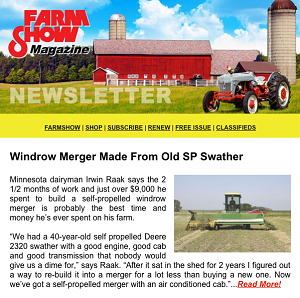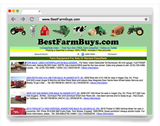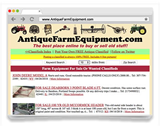Midwest Camel Milk Is Shipped Nationwide
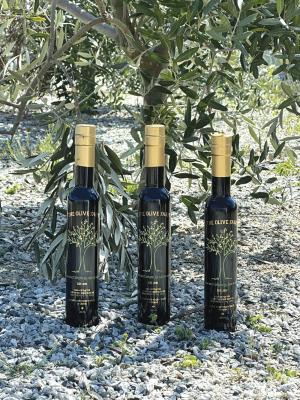 ✖  |
A 1,000-acre family farm in Missouri is home to the country’s largest camel dairy. Humpback Dairy produces Camel Culture Milk, a beverage that’s non-GMO, soy-free, gluten-free, and produced under organic practices. It’s naturally lower in lactose than cow’s milk, making it ideal for those with dairy sensitivities.
Founders Ryan and Lauren Fee started the business in 2015 to provide camel milk to homesick Somali immigrants. They initially sourced the milk from a small camel dairy in Colorado. As demand grew, so did the business, and the Fees joined forces with Humpback Dairy in Missouri, a camel farm run by the Amish-Mennonite community. Now, the milk is shipped nationwide.
Camel Culture’s licensed milk production facility routinely tests all camels for signs of food-borne disease at a certified food safety lab in accordance with the Missouri State Milk Board. The pasture-raised camels are fed an organic grain diet of flax seed, sunflower seed, alfalfa, and oats, and the milk bottles are PET and BPA-free. While all farm practices are 100 percent organic, the milk itself is not officially certified.
Sourcing milk from a camel differs from dairy cows. Camels won’t give milk unless they have first nursed their baby. Then, they will release milk for about 90 seconds. This amounts to an average of 6 to 8 liters per day. In contrast, cows produce between 8 to 10 gals. The milk is flash-pasteurized at 150 degrees for 15 seconds and then rapidly cooled to preserve its nutritional properties and flavor.
Taste-wise, camel milk has a lower sugar content than cow and a smooth, slightly salty taste. It has a consistency similar to 2 percent fat milk. Lactose and casein levels are lower than cows’ milk, meaning many people find it easier to digest. The milk is also lower in saturated fat and has ten times more iron and five times more vitamin C than cows. From a nutritional standpoint, many consider it the closest animal milk to human breast milk. Adults need to drink just 3 to 8 oz daily for these dietary benefits. The milk is also ideal for baking.
While Camel Culture milk can be found in retail locations nationwide, most of it is shipped. Pint pricing starts at $14, and liters are $22. You can also purchase 8 oz. of camel milk powder, sourced from the United Arab Emirates, for $48. All milk ships on Mondays and Tuesdays to arrive between Wednesday and Saturday. Everything is shipped frozen in a Styrofoam cooler filled with ice. Fresh camel milk lasts 3 to 4 weeks when refrigerated. Frozen, the milk will last 6 mos.
Contact: FARM SHOW Followup, Camel Culture, 4858 Lawrence 1185, Miller, Mo. 65707 (ph 720-515-4746; info@camelculture.org; www.camelculture.org).
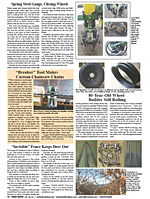
Click here to download page story appeared in.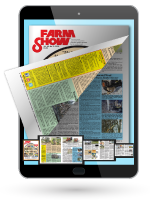
Click here to read entire issue
Midwest Camel Milk Is Shipped Nationwide LIVESTOCK Exotic Animals A 1 000-acre family farm in Missouri is home to the country’s largest camel dairy Humpback Dairy produces Camel Culture Milk a beverage that’s non-GMO soy-free gluten-free and produced under organic practices It’s naturally lower in lactose than cow’s milk making it ideal for those with dairy sensitivities Founders Ryan and Lauren Fee started the business in 2015 to provide camel milk to homesick Somali immigrants They initially sourced the milk from a small camel dairy in Colorado As demand grew so did the business and the Fees joined forces with Humpback Dairy in Missouri a camel farm run by the Amish-Mennonite community Now the milk is shipped nationwide Camel Culture’s licensed milk production facility routinely tests all camels for signs of food-borne disease at a certified food safety lab in accordance with the Missouri State Milk Board The pasture-raised camels are fed an organic grain diet of flax seed sunflower seed alfalfa and oats and the milk bottles are PET and BPA-free While all farm practices are 100 percent organic the milk itself is not officially certified Sourcing milk from a camel differs from dairy cows Camels won’t give milk unless they have first nursed their baby Then they will release milk for about 90 seconds This amounts to an average of 6 to 8 liters per day In contrast cows produce between 8 to 10 gals The milk is flash-pasteurized at 150 degrees for 15 seconds and then rapidly cooled to preserve its nutritional properties and flavor Taste-wise camel milk has a lower sugar content than cow and a smooth slightly salty taste It has a consistency similar to 2 percent fat milk Lactose and casein levels are lower than cows’ milk meaning many people find it easier to digest The milk is also lower in saturated fat and has ten times more iron and five times more vitamin C than cows From a nutritional standpoint many consider it the closest animal milk to human breast milk Adults need to drink just 3 to 8 oz daily for these dietary benefits The milk is also ideal for baking While Camel Culture milk can be found in retail locations nationwide most of it is shipped Pint pricing starts at $14 and liters are $22 You can also purchase 8 oz of camel milk powder sourced from the United Arab Emirates for $48 All milk ships on Mondays and Tuesdays to arrive between Wednesday and Saturday Everything is shipped frozen in a Styrofoam cooler filled with ice Fresh camel milk lasts 3 to 4 weeks when refrigerated Frozen the milk will last 6 mos Contact: FARM SHOW Followup Camel Culture 4858 Lawrence 1185 Miller Mo 65707 ph 720-515-4746; info@camelculture org; www camelculture org
To read the rest of this story, download this issue below or click
here to register with your account number.





